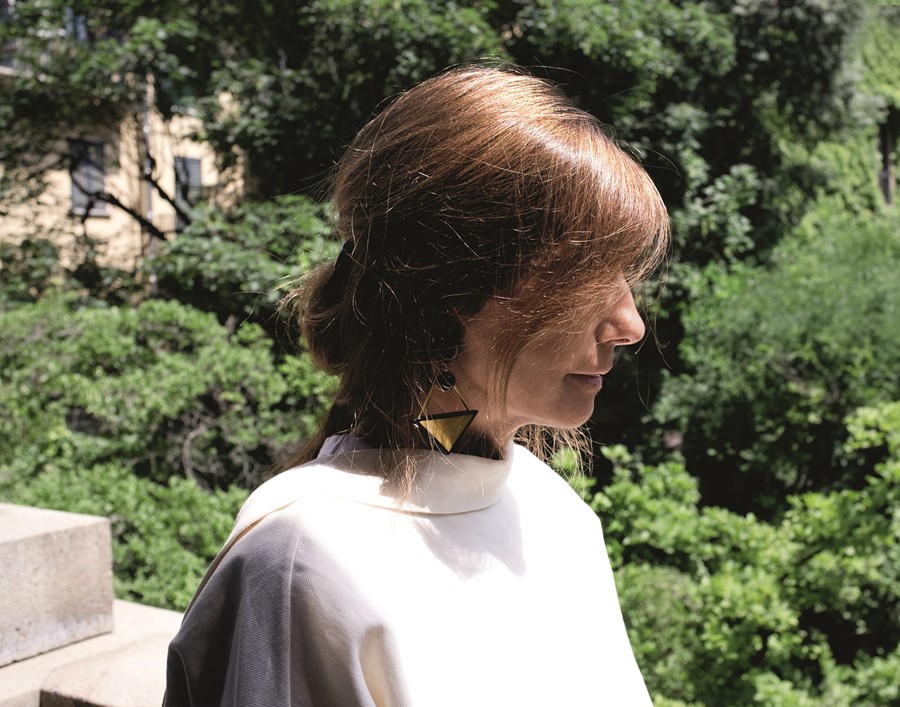Just how does a Marni garden grow? The house's elegant and enigmatic founder, Consuelo Castiglioni, reveals her floral inspirations
“One of my earliest memories is of my mother arranging fresh flowers in our home,” says Consuelo Castiglioni, the part-Chilean Swiss native who launched Marni in Milan in 1994 in collaboration with her husband and business partner Gianni Castiglioni. Despite beginning as a sideline of the Castiglioni family’s fur business, Marni quickly became known for its striking prints and collaborations with artists, including Richard Prince, Claude Caillol and Gary Hume.
Nature is also an integral part of the Marni language. As well as graphic prints and floral motifs, the house has embarked on a series of nature-inspired events that started in 2014 as part of Marni Prisma, a celebration of its 20th anniversary. The Marni Flower Market (Milan, 2014), Marni Roof Market (Art Basel Hong Kong, 2014) and the Marni Blossom Market (Tokyo, 2015) were all vivid occasions informed by Castiglioni’s love of visiting Milan’s open-air flower market. “I have always been fascinated by flower markets for their vitality and energy, because they smell of the local culture and are colourful and vibrant. My favourite florist however, is a small kiosk in Piazza San Babila in Milan.”
Inviting Castiglioni, who was not formally trained as a fashion designer and is very reserved, to talk about her personal approach to flower arranging can reveal as much about her work as asking her to explain a silhouette or new footwear design. “I like to make an arrangement as natural as possible, as if I had just collected the flowers from the fields,” she says. “I love flowers in the home. Different vases in the living and dining room – bunches that are not styled but wild and natural.” Her favourite flower is the hydrangea, a full-bodied bloom that is traditionally known to symbolise enduring elegance, grace and beauty. Much like the Marni woman. “I do not have a garden in Milan, yet our apartment faces a beautiful one,” Castiglioni says about her personal links to nature. “In Formentera our house is in the countryside. When we were building the house, we wanted a design that would link the indoor space with the outdoors. We also created a path leading towards the house, which is lined with lavender, yerba mate, figs and olives.”
Marni Prisma culminates with an installation by Brazilian artist Véio in Venice as part of the Biennale. Whereas earlier events in the year-long project have focused on flowers, Becoming Marni draws on a wider idea of nature, resulting in a landscape of 100 enigmatic wooden sculptures that occupy the atmospheric cloister and interiors of the San Gregorio Abbey in Venice.
This article appears in the A/W15 edition of AnOther Magazine.
